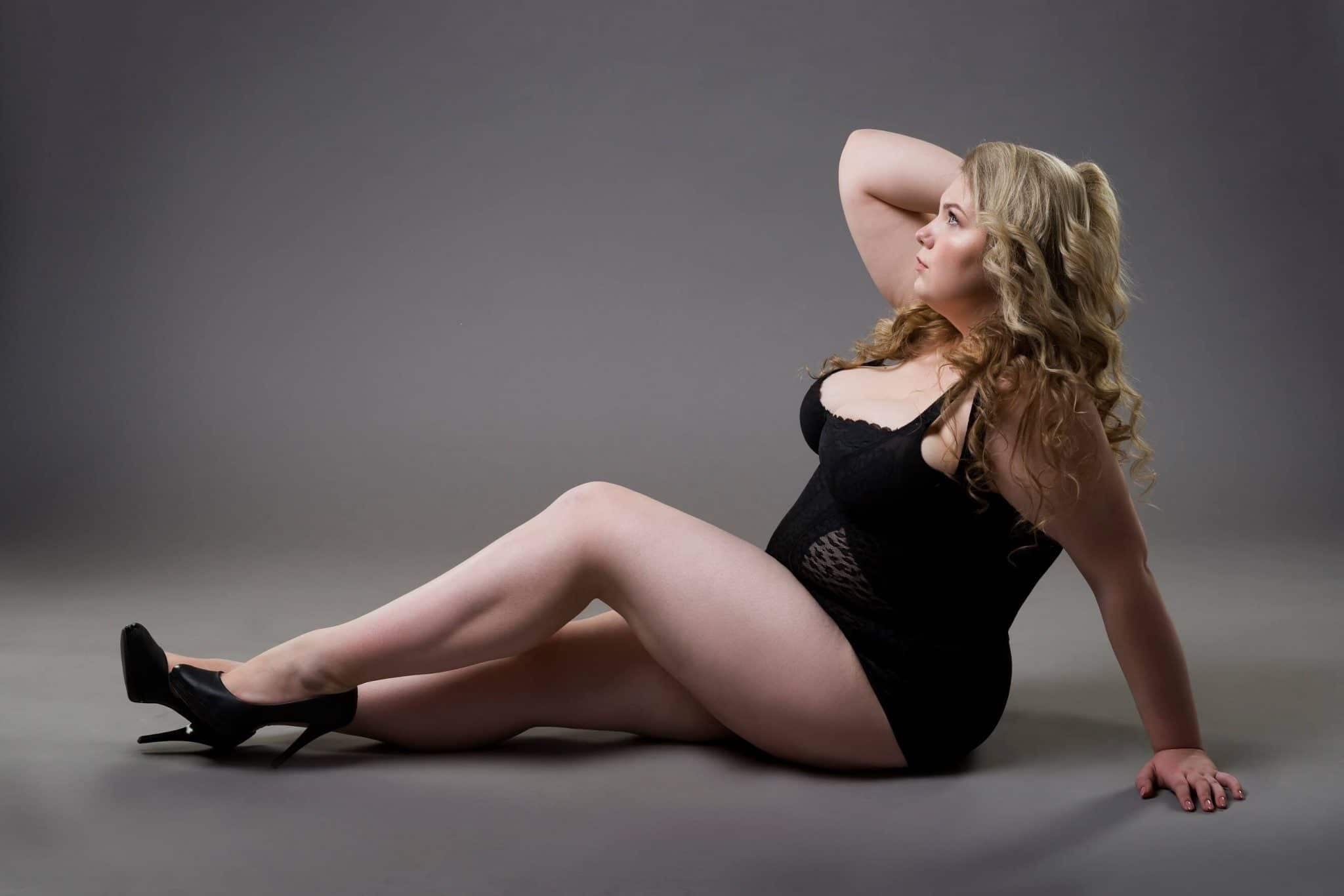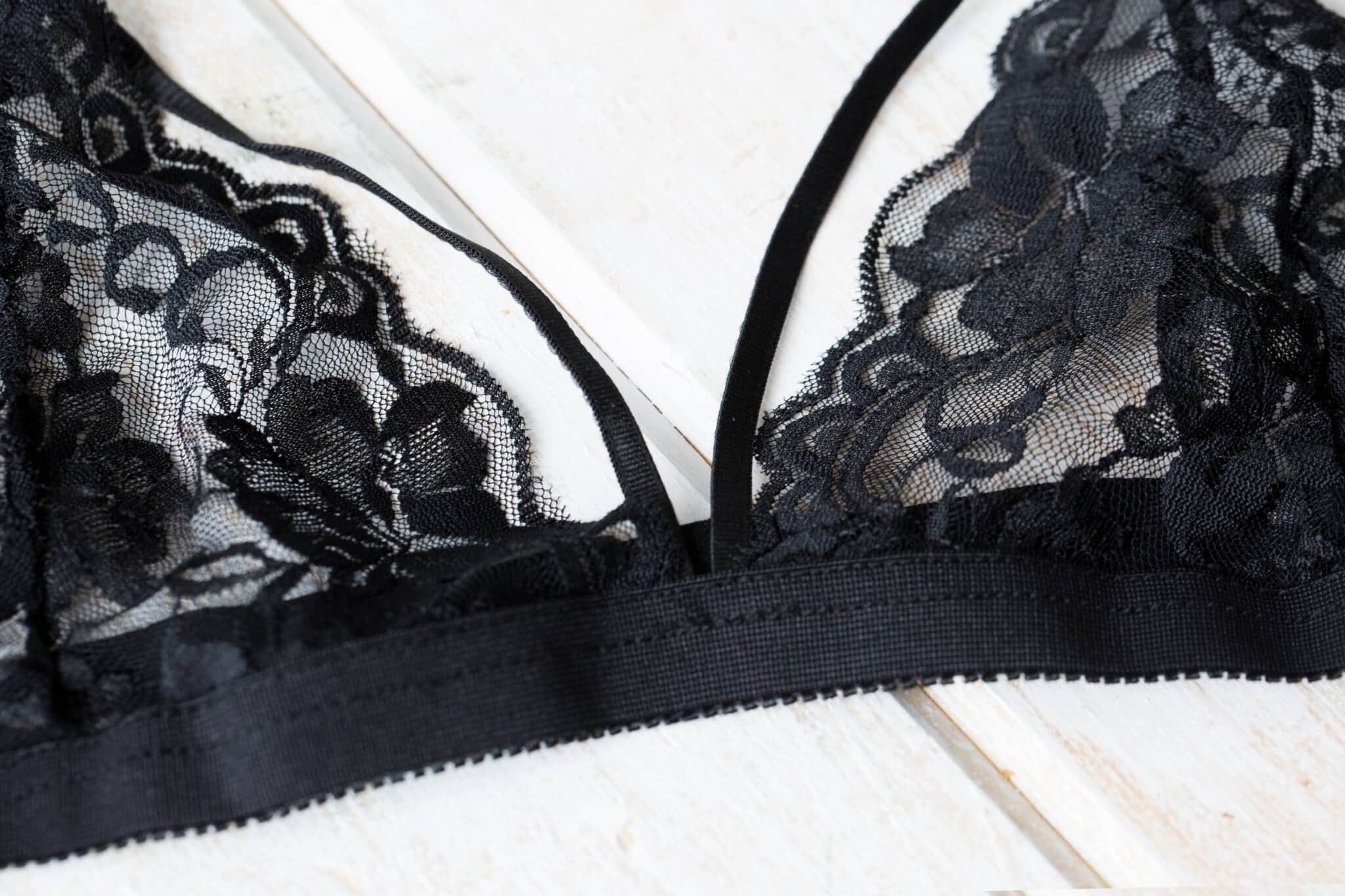Let me ask you a question. When was the last time you heard the term ‘girdle’ or ‘panty girdle’ in general conversation? Odds are you probably can’t remember it, if it’s happened at all. That’s mainly because the term has largely been replaced with the word ‘shapewear’. However, we at Elle Courbee think there is still some value in a good old-fashioned girdle, and want to explain our thoughts to you. This post will take you through the history of a girdle, what it is, and some tips for buying and wearing your first girdle. Let’s dive in!
The Origins of the Girdle
If we go right back to the very beginning, the first girdles didn’t have anything to do with underwear, shaping or anything we think of now. Instead, ‘girdle’ was the name for a ceremonial belt, which was worn by priests and other members of the clergy, along with their cassocks. At that time, wearing a girdle symbolised two things. For men, it meant a preparation and readiness to serve the Lord, and for women, it represented chastity and protection from the evils of unmarried men.
However, fast forward to the 20th Century, and we get a completely different definition. Now, a girdle is ‘an undergarment made of elasticated fabric, worn by women’. Sorry boys, you missed out there. A girdle by this definition was a form-fitting fabric garment that encircles the lower torso and went down as far as the thighs, keeping everything ‘in place’. It very quickly replaced the corset as the slimming attire of choice for women, mainly because they were a lot more comfortable and didn’t require a small team to put on! Flexibility and comfort were becoming more important for this generation of women, who were finding their independence and gaining more ability to do things a corset would somewhat prevent.
By the 1960’s, pantyhose and standard undergarments had surpassed the girdle in terms of popularity, but that doesn’t mean they disappeared. In fact, they just took a short break from the spotlight and returned in the late 1990’s to be branded as ‘shapewear’ and roar back into popularity.
A More Shapely Future – Thanks to the War
When the second world war broke out, the future of women’s underwear changed forever. You see, back in the 1930’s women were still wearing corsets made with metal coning to achieve the ‘ideal figure’. By the late 1930’s, girdles had become the preferred option, mainly thanks to this amazing new two-way stretch material they were made of. This fantastic elastic could smooth out every lump and bump without a problem. But there was a small catch – they were made entirely of rubber, with ‘breathing holes’ inserted for comfort. But when the second world war broke out, all metal and rubber were required for the war effort, which means that it wasn’t being used to produce girdles and corsets. This left women free to create a new version of the girdle that didn’t involve quite so much chafing. Using whatever alternate materials they could find, they created fabric girdles to give them flexibility, movement and comfort in their new jobs and lifestyles, instead of hard metal tubes to stuff themselves into every day.
Wearing Girdles Today
- Control, Not Constriction: This is the single most important rule of shapewear and one that many women still get wrong. Honestly, I can’t tell you the number of women who think that a girdle needs to feel like it’s cutting off your blood supply in order to work. No! If your girdle fits properly, there will be no bulges at the edges, no gaps and no pinching in at any point. It won’t move around when you do, and it won’t create a lovely ‘muffin top’ look (AKA: this garment doesn’t fit). After all, if your girdle is so tight that it’s causing bulges, then you’re defeating the point of wearing one since they can be seen through your clothes! It should feel comfortable, fit snugly and you should be able to walk, sit and breathe deeply without any problems.
- High Waistlines Are Better: Girdles come in all shapes, sizes and designs to suit every taste. So much so that for some women they are a fashion statement, rather than a functional garment. But if you’re looking for something to smooth those lines and create a sleek silhouette all the way around, you want a high-waisted one. This avoids the ‘muffin top’ look, is more comfortable, and you can even hook your bra on for extra security!
- Go Cotton In Summer: Most girdles are made from a blend of nylon and spandex, which gives them their firm control and support powers. But these are synthetic materials, which means they don’t breathe very well. Great for winter, when you want something to keep you warm, but not so great at the height of summer, where the sweat they create will chafe, itch and irritate you (not to mention not look great). So for the warmer months, we recommend going for a cotton-blend girdle, since this will let your skin breathe and reduce sweating, while still giving you that support to look great in your slinky sundress.
If you’ve fallen in love with girdles, you’re not alone. Thousands of women across the UK rely on girdles to give them the sleek silhouette they crave on special occasions, or just to give them the confidence they need every day. Why not take a look at our selection of girdles and find your perfect match?

 Bralettes for big boobs – divine or disaster?
Bralettes for big boobs – divine or disaster?
